Year of the Queer: Arts organizations reflect upon need for queer spaces—past, present, and future
It’s a landmark year for queer arts in Vancouver. Pride in Art Society turns 20, and its Queer Arts Festival has been around for 10 years.
Performance companies Zee Zee Theatre and the Frank Theatre are also celebrating their decades.
“It’s just such an important reminder of where we are and where we’ve been and where we are going,” Frank Theatre artistic director Fay Nass said by phone.
Each organization has plans for how to mark the occasion. The Frank is producing Camera Obscura, a play inspired by B.C. artist Paul Wong’s audio-visual work, as part of the Queer Arts Festival this summer.
Zee Zee Theatre is continuing its national run of My Funny Valentine, a play that tackles the 2008 killing of gay U.S. teenager Lawrence King. Pride in Art is celebrating with DECADEnce, the 10th annual Queer Arts Festival. The 2018 festival promises to celebrate and honour “our community of trailblazing queer ancestors”, according to a news release.
Even before the festival began in 2008, Pride in Art worked as a collective putting on art shows in Vancouver.
“In 2008, when we needed money, we all took $20 out of our pockets because we had nothing,” Queer Arts Festival artistic director SD Holman said by phone. In the ten years since, the budget has grown hugely, “but of course we don’t have enough…. We are always still struggling for legitimacy and recognition.”
However, she feels that Queer Arts Festival has helped pave the way for new arts groups in the city.
“I think we have made a space in Vancouver for other organizations to do more queer work and do more things,” Holman said.
Holman cited the dates of the festival as one example: back in 1998, art showcases happened during Pride week at the end of July as there weren't any cultural alternatives to, in her words, “drinking and dancing”. However, as more art events sprung up around the parade in the late ‘00s, the now-formalized festival moved to mid-June to give new organizations space to flourish.
The Frank’s history also goes back more than 10 years. Originally founded as Screaming Weenie in 1996, the company changed its name in 2008. Nass said the organization wanted to signal a decision to have honest dialogue around queer issues and the arts.
Zee Zee Theatre started out as a dream. “I didn’t think we’d really do more than maybe three shows,” Zee Zee artistic director Cameron Mackenzie said by phone. “It was really me taking a stab at something that I felt was missing in the community.”
The 10-year anniversaries have provided ample opportunities for the organizations to consider the role of queer arts spaces, both in society today and in the future.
This year saw Pride in Arts open its own gallery, Sum. Its inaugural exhibition, QueerSUM by Karin Lee, opened on May 12.
“Our role is to keep pushing and supporting, making interesting, thought-provoking, avant-garde, incendiary work,” Holman said.
In another 10 years, Holman hopes the festival will be more international, and with a more solid structure supporting the event. Holman would also like to revive some of the festival’s past highlights, such as cabaret performances (“very expensive shows, but really fun and fabulous”) and When the Sun Comes Out, Canada’s first lesbian opera which premiered at QAF 2013.
For Zee Zee Theatre, queer art matters now more than ever. Mackenzie sees it as a way to help humans “understand that we are all people,” which—given the increasingly divided political climate—is even more important now than it was in 2008. He hopes to include a wider array of voices in future performances, including collaboration with two South African artists.
“We all should feel like we exist and we are seen and we have work that is for us,” Mackenzie said.
The Frank’s plans for the future involve improving the diversity and intersectionality of its output.
“While it [queer] is one word, there are lots of other paradigms underneath it,” Nass said. “Moving forward, it would be great to bring in more female, nonbinary, trans playwrights…[and] more stories by immigrants and refugees whose experiences of being queer outside of our culture have been very different.”
It’s been a good 10 years for queer arts organizations in Vancouver. Here’s to the next decade.

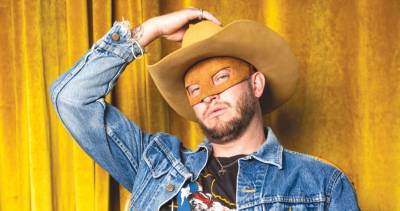

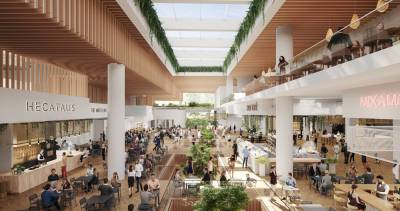



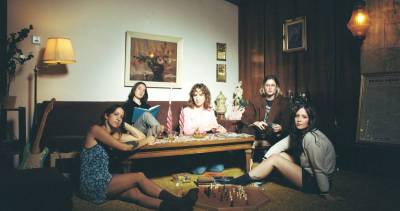
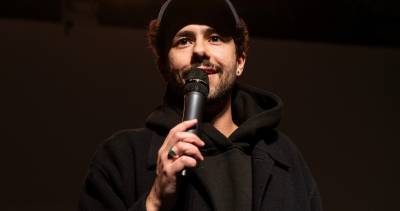

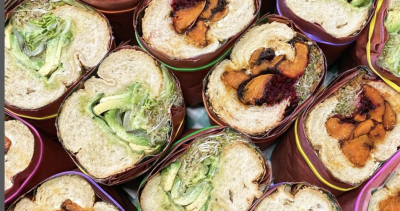




Comments